Heavy ashfall in Kozyrevsk after strong paroxysmal event at Klyuchevskoy volcano, Russia
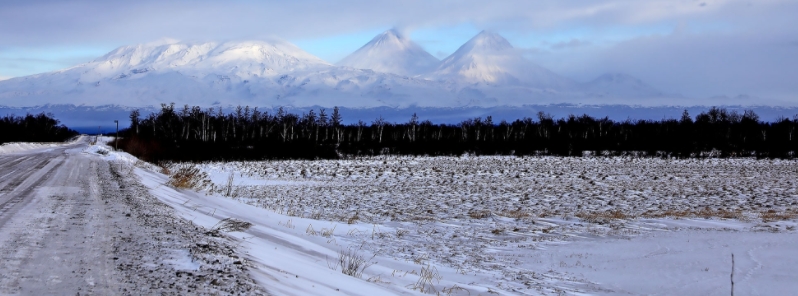
A strong paroxysmal event took place at Klyuchevskoy volcano on January 18, 2021. Explosions sent ash up to 7.5 km (24 600 feet) a.s.l., with eruptive cloud drifting 500 km (310 miles) W of the volcano.
According to Yury Demianchuk from Russia's volcanological observatory, the Kozyrevsk village was affected by a strong ashfall two hours after the eruption.
The thickness of ash was 1 cm (0.4 inches), but it was eventually covered by up to 0.5 m (0.6 feet) of new snow.
Local reports said the color and structure of the ash were very different, compared to the previous explosions. The ashes will be sent to the Institute of Volcanology for chemical analysis.
The lava flows continue to move along Kozyrevsky and Apakhonchichsky drainages on the southern and southeastern flanks of the volcano.
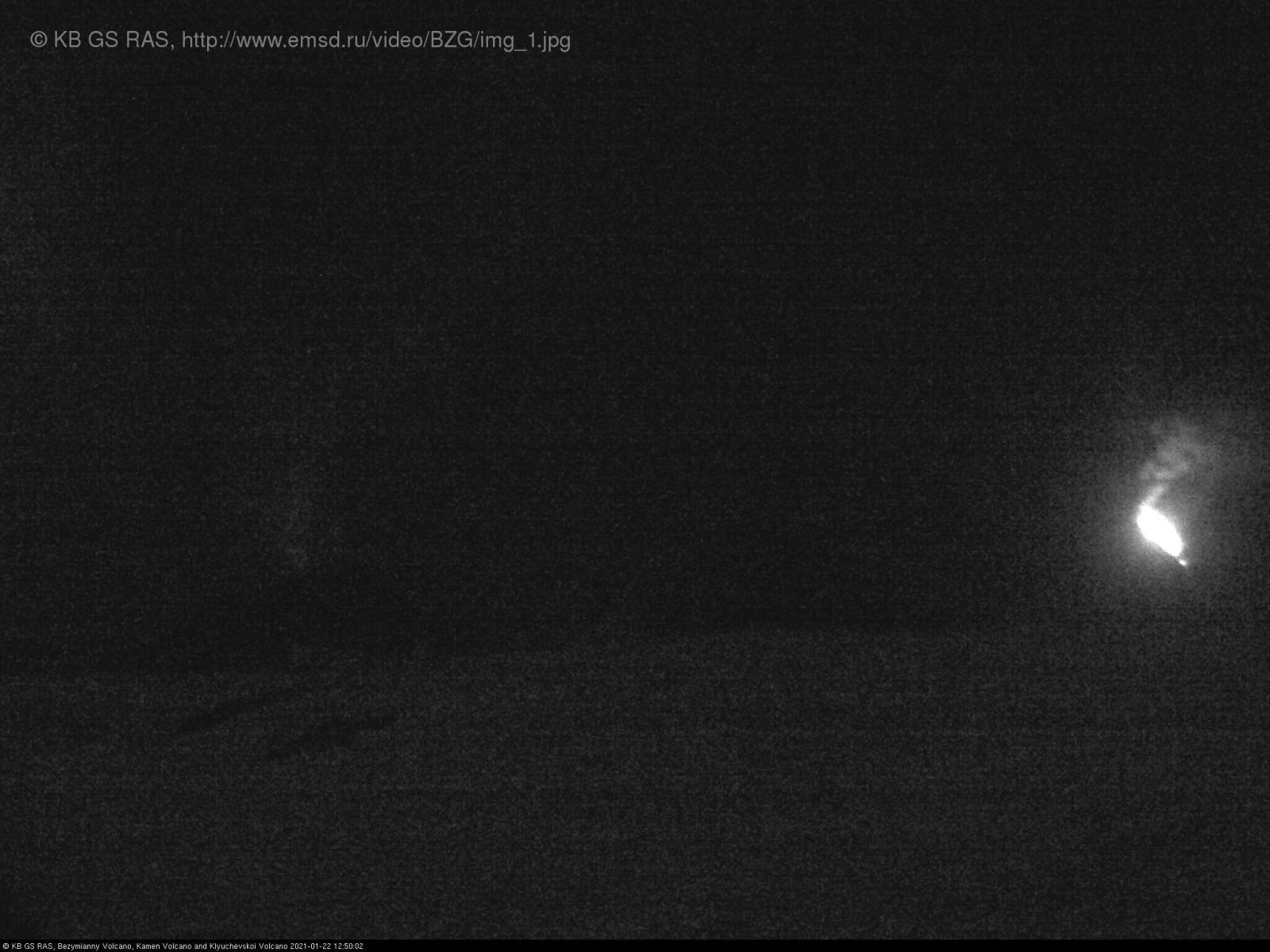
Satellite data showed a large bright thermal anomaly in the area of the volcano all week, KVERT said in a bulletin released on January 21.
On the other days of the week gas-steam plumes containing some amount of ash rose up to 6 km (19 600 feet) a.s.l., and extended for 200 km (124 miles) from the volcano.
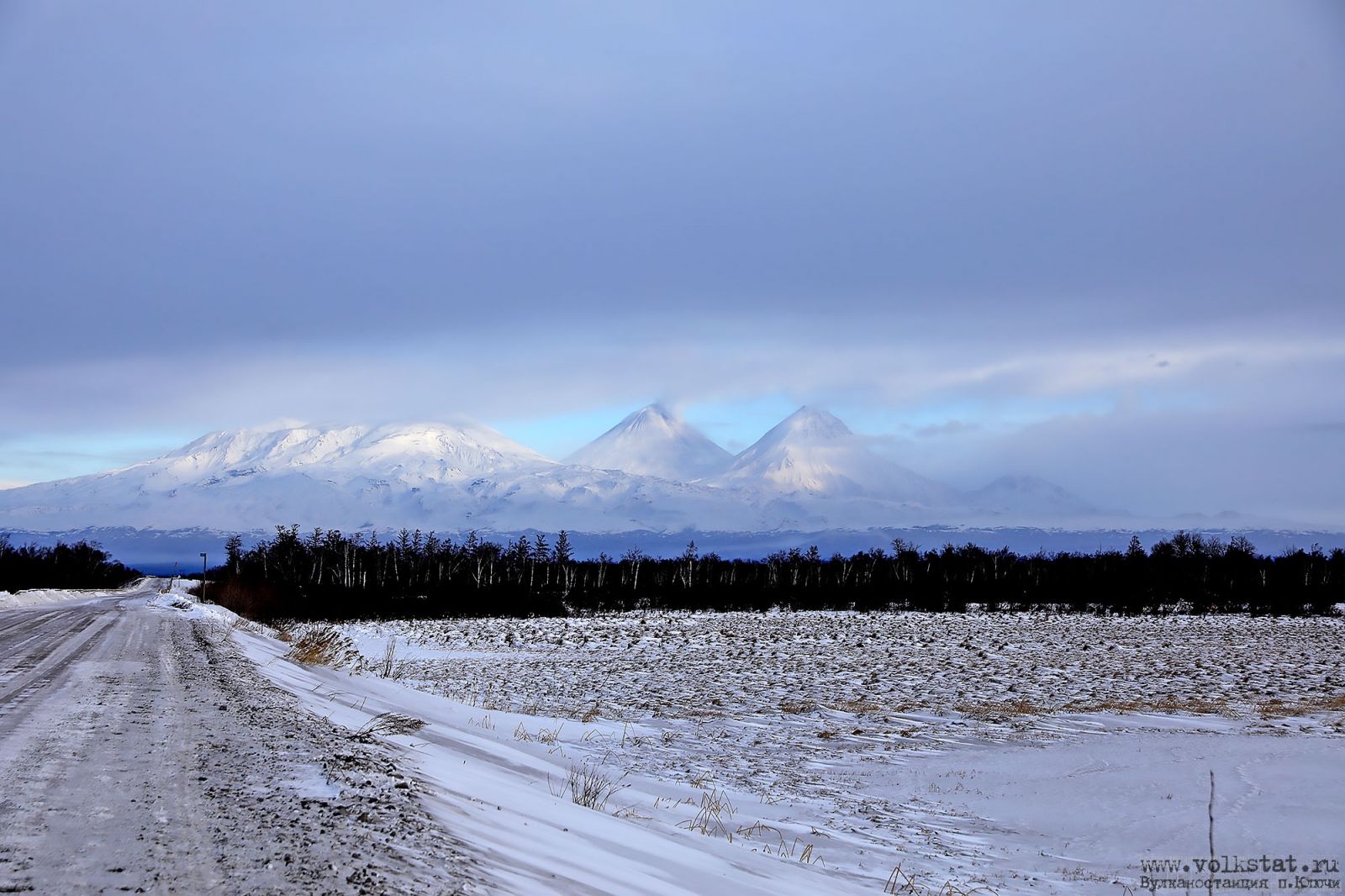
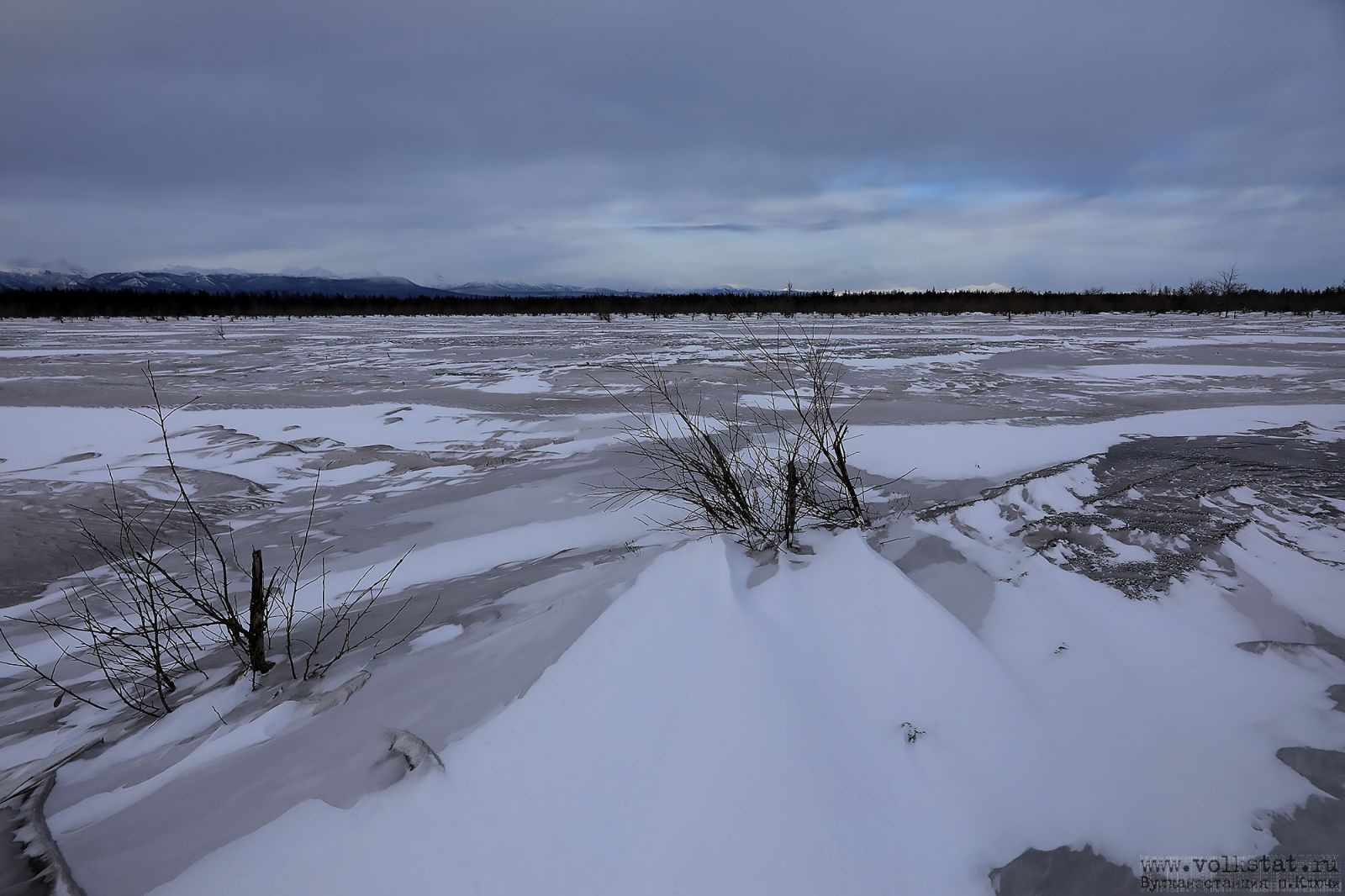
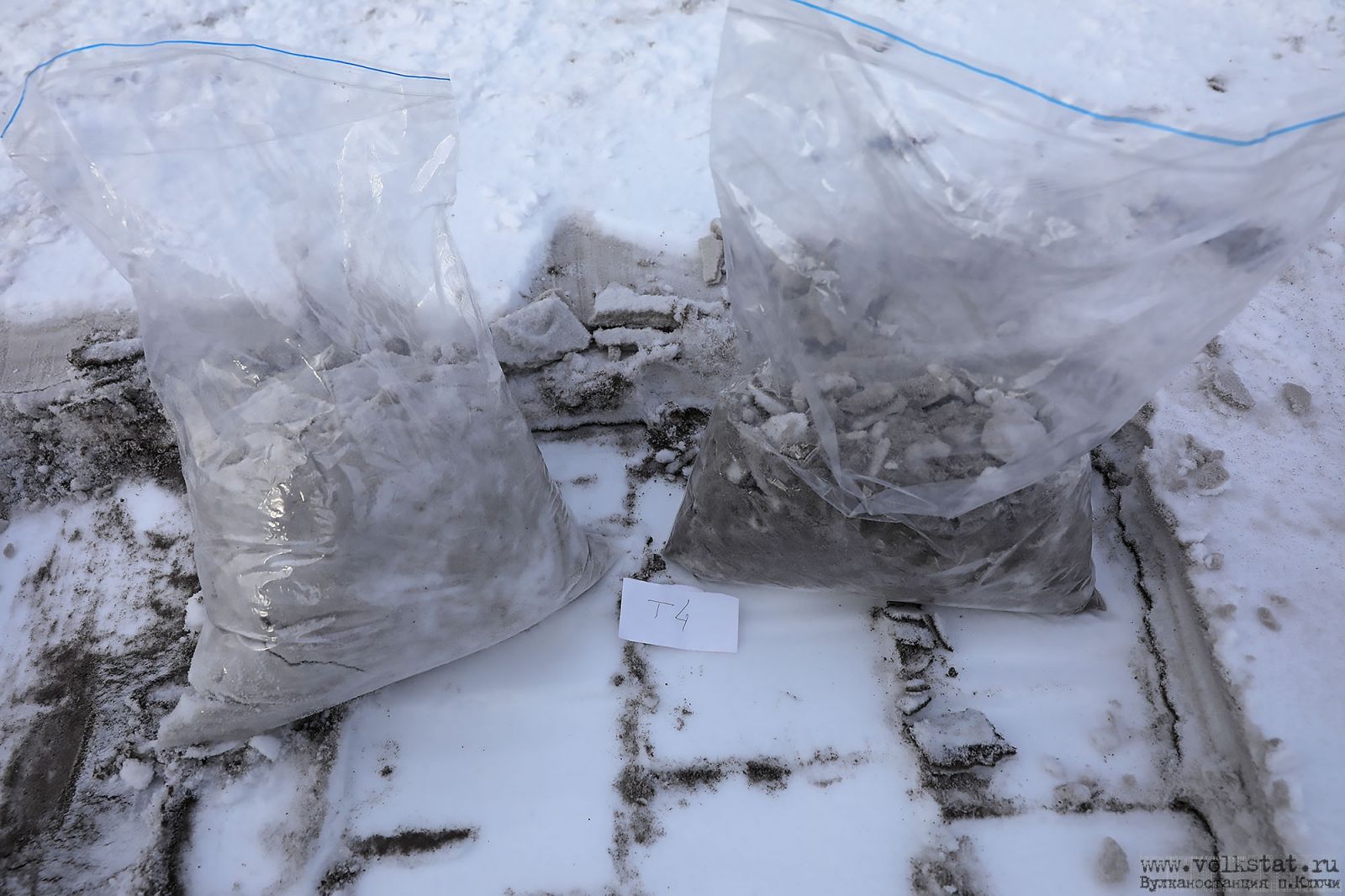
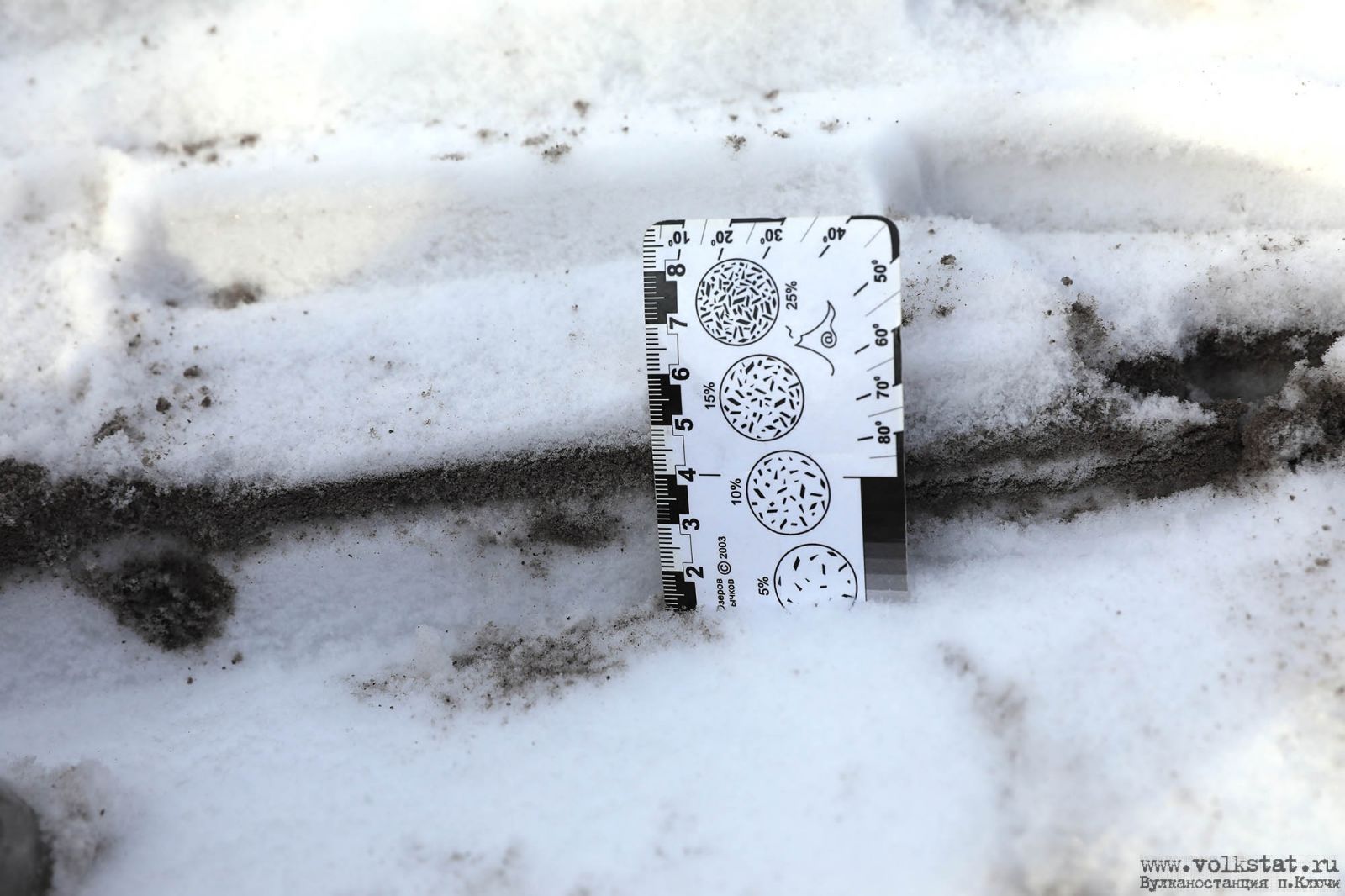
Image credit: Klyuchi Volcano Station
Geological summary
Klyuchevskoy (also spelled Kliuchevskoi) is Kamchatka's highest and most active volcano. Since its origin about 6 000 years ago, the beautifully symmetrical, 4 835-m-high (15 862 feet) basaltic stratovolcano has produced frequent moderate-volume explosive and effusive eruptions without major periods of inactivity. It rises above a saddle NE of sharp-peaked Kamen volcano and lies SE of the broad Ushkovsky massif.
More than 100 flank eruptions have occurred during the past roughly 3 000 years, with most lateral craters and cones occurring along radial fissures between the unconfined NE-to-SE flanks of the conical volcano between 500 m and 3 600 m (1 640 – 11 811 feet) elevation.
The morphology of the 700-m-wide (2 296 feet) summit crater has been frequently modified by historical eruptions, which have been recorded since the late-17th century.
Historical eruptions have originated primarily from the summit crater, but have also included numerous major explosive and effusive eruptions from flank craters. (GVP)
Featured image credit: Klyuchi Volcano Station

Commenting rules and guidelines
We value the thoughts and opinions of our readers and welcome healthy discussions on our website. In order to maintain a respectful and positive community, we ask that all commenters follow these rules.